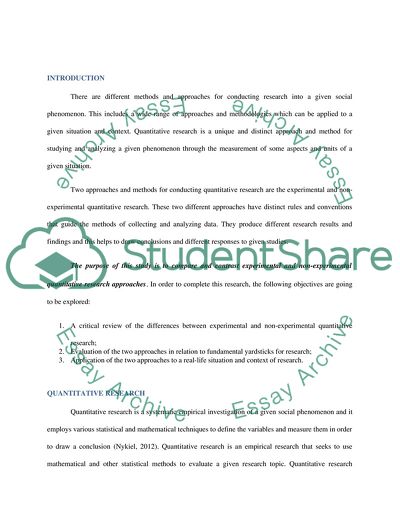Cite this document
(“Experimental versus Non-Experimental Research Assignment”, n.d.)
Experimental versus Non-Experimental Research Assignment. Retrieved from https://studentshare.org/social-science/1640967-question-1
Experimental versus Non-Experimental Research Assignment. Retrieved from https://studentshare.org/social-science/1640967-question-1
(Experimental Versus Non-Experimental Research Assignment)
Experimental Versus Non-Experimental Research Assignment. https://studentshare.org/social-science/1640967-question-1.
Experimental Versus Non-Experimental Research Assignment. https://studentshare.org/social-science/1640967-question-1.
“Experimental Versus Non-Experimental Research Assignment”, n.d. https://studentshare.org/social-science/1640967-question-1.


